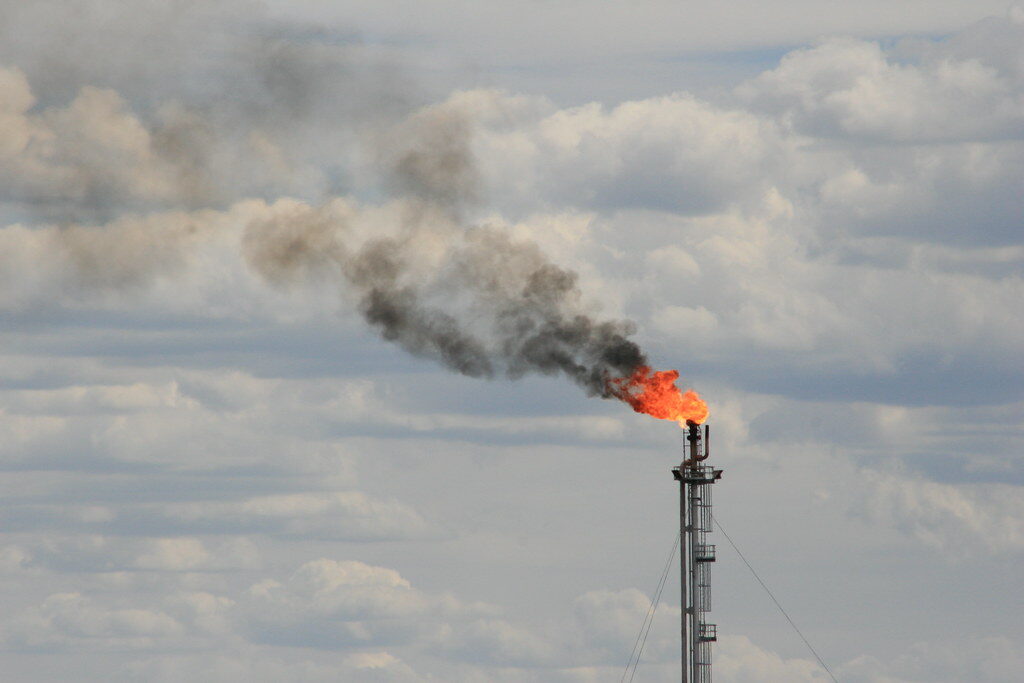Powerup is a set of ten energy gamechangers that will help get Australia on track to tackle both the climate crisis and our cost-of living crisis.
Over this decade, we will need to get on a steep trajectory of emissions reductions, with existing efforts ramped up significantly and quickly.
Australia has already warmed by around 1.4°C and is suffering significant losses from accelerating climate change. Worse is on the way as extreme weather events – such as bushfires, floods, heatwaves and droughts – occur more often, and become more severe. To avoid the worst climate impacts, global emissions must halve this decade and we must reach net zero in the early 2040s.
As a wealthy country with extraordinary renewable resources, Australia should aim to reduce its emissions by 75 per cent this decade, and reach net zero emissions shortly after. Power Up can help us get there.

Key findings
1. Australia’s journey to net zero is only beginning. Over the next eight years to 2030, we will need to get on a steep trajectory of emissions reductions, with existing efforts ramped up significantly and quickly.
- Australia has already warmed by around 1.4°C and is suffering significant losses from accelerating climate change. Worse is on the way as extreme weather events – such as bushfires, floods, heatwaves and droughts – occur more often, and become more severe.
- To avoid the worst climate impacts, global emissions must halve this decade with net zero reached in the early 2040s. As a wealthy country with extraordinary renewable resources, Australia should aim to reduce its emissions by 75 per cent this decade, and reach net zero emissions shortly after.
- The Climate Council has identified ten climate gamechangers – that use available technologies and can be put in place within the next few years – to set Australia on a steep emissions reduction path across the electricity, transport, building and industry sectors.
- This builds on the Federal Government’s existing plans to reduce national emissions by at least 43 per cent (below 2005 levels) by 2030, reaching net zero by 2050.
2. By reducing Australia’s reliance on fossil fuels like coal and gas the Federal Government can address climate change, as well as our energy and cost-of-living crises.
- Severe price rises in fuel and electricity are hitting Australian households and businesses hard. By accelerating investment in renewable energy, backed by storage and transmission, household disposable incomes across the national energy grid would be almost seven per cent higher by 2030.
- Such smart investments would also halve the emissions produced from our electricity sector over the coming decades compared to the Federal Government’s existing plans.
- Not only are such investments the best way to cut emissions rapidly and protect households against further price hikes, they also ensure we are prepared for the early retirement of coal-fired power stations, supply chain issues or other international shocks.
- The Climate Council recommends that transmission upgrades be planned to support a 100 per cent renewable electricity grid – even whilst energy consumption increases to support electrification in transport, buildings and industry – and a mandated Renewable Energy Storage Target, be put in place by the end of 2023 to increase grid storage.

3. There is an acute shortage of skilled workers across clean industries, and this needs to be rapidly addressed in order for Australia to be able to race towards net zero.
- Australia faces a shortage of skilled workers in many areas of the economy. Clean energy industries are facing an especially acute shortage, with three in four solar companies finding it difficult to recruit electricians with adequate experience.
- Investing in skills training for renewable energy will create an extra 30,000 jobs in Australia as we shift to net-zero emissions. Skilled workers are needed for the construction of renewable energy infrastructure, working on solar farms, wind farms, batteries, transmission lines and pumped hydro, as well as in energy efficiency and clean transport.
- A National Energy Transition Authority should be set up to plan for and maximise the benefits from Australia’s energy transformation, including setting firm closure dates and developing transition plans for Australia’s fleet of coal-fired power stations by 2024.
- Planning for and building the right workforce can help revitalise our regions, support workers and regional communities that are directly impacted by changes, and help address high levels of youth unemployment and underemployment.
4. To get emissions falling as fast and far as possible by 2030, we need to electrify our vehicles, find new ways of moving people around and reduce the need to travel.
- By putting mandatory fuel efficiency standards for light vehicles in place, the Federal Government can give Australians access to more affordable cars that are cheaper and cleaner to run.
- The benefits of such standards to our economy and our environment (through reduced emissions and fuel costs) would be enormous, with the net benefit amounting to billions of dollars over the next two decades.
- The Federal Government must work with States and Territories to transition all bus and train fleets to zero emission fleets as soon as possible, starting with a rapid phase out of diesel buses.
- Running all our buses on renewable electricity will make our air cleaner and provide many, immediate health benefits. Air pollution from cars, trucks and fossil-fuel powered buses are responsible for an estimated 1700 deaths each year; more than the road toll.
5. The Federal Government needs to put its money where its mouth is by supporting households and industry to move away from fossil fuels, and phasing out any taxpayer support for coal, oil or gas.
- Emissions from buildings in Australia must drop to net zero – ideally by 2030. In the building sector, most of the solutions we need are readily available, affordable and will help households and businesses reduce running costs.
- For established buildings, gas appliances (including heaters, hot water systems and cooktops) should be phased out and replaced as soon as possible with bans on new gas appliances in place from 2025.
- All the biggest emitting industries in Australia are regulated by the Safeguard Mechanism. This mechanism needs fixing because industrial emissions are going up. Getting the settings right will help transform industries, enabling Austalians to benefit from the global race to net zero.
- Adding any fossil fuels – anywhere – worsens climate change. Our public money should not be funding the extraction or consumption of coal, oil or gas. All fossil fuel subsidies should be phased out following a review prior to the 2022-23 budget and public spending should be aligned with the goal of reducing emissions steeply across the economy this decade and beyond.











